I am studying deep learning and as an assignment, I am doing a classification project, which has 17k records with 14 features and a target variable that have 11 classes.

I tried to train a simple neural network
# define the keras model
model1 = keras.Sequential()
model1.add(keras.layers.Dense(64, input_dim=14, activation='relu'))
model1.add(keras.layers.Dense(128, activation='relu'))
model1.add(keras.layers.Dense(64, activation='relu'))
model1.add(keras.layers.Dense(1, activation='softmax'))
# compile the keras model
model1.compile(loss='categorical_crossentropy', optimizer='adam', metrics=['accuracy'])
# fit the keras model on the dataset
performance1 = model1.fit(x_train, y_train, epochs=100, validation_split=0.2)
But the problem here is I am getting the same accuracy for each epoch, it doesn't seem that model is even learning.

I tried to research this problem and found some similar problems on StackOverflow like this question and tried following things
- Applied StandardScaler
- Increased/Decreased the hidden layer and neurons
- Added dropout layer
- Changed the optimizers, loss, and activation function
- I also tried to batch_size
But none of them worked, of course, the accuracy was different in the different trials (but has the same problem).
Few of trials are as follows:
# define the keras model
model1 = keras.Sequential()
model1.add(keras.layers.Dense(64, input_dim=14, activation='sigmoid'))
model1.add(keras.layers.Dense(128, activation='sigmoid'))
model1.add(keras.layers.Dense(64, activation='sigmoid'))
model1.add(keras.layers.Dense(1, activation='softmax'))
sgd = keras.optimizers.SGD(lr=0.01)
# compile the keras model
model1.compile(loss='categorical_crossentropy', optimizer=sgd, metrics=['accuracy'])
# define the keras model
model1 = keras.Sequential()
model1.add(keras.layers.Dense(64, input_dim=14, activation='relu'))
model1.add(keras.layers.Dense(128, activation='relu'))
model1.add(keras.layers.Dropout(0.2))
model1.add(keras.layers.Dense(64, activation='relu'))
model1.add(keras.layers.Dropout(0.2))
model1.add(keras.layers.Dense(1, activation='softmax'))
# compile the keras model
model1.compile(loss='categorical_crossentropy', optimizer='adam', metrics=['accuracy'])
I don't know what's the problem here. Please let me know if you require more details to process this. And please don't close this question I know this question stands a chance to marked as a duplicate question but trust me I tried many things which I can understand as a beginner.